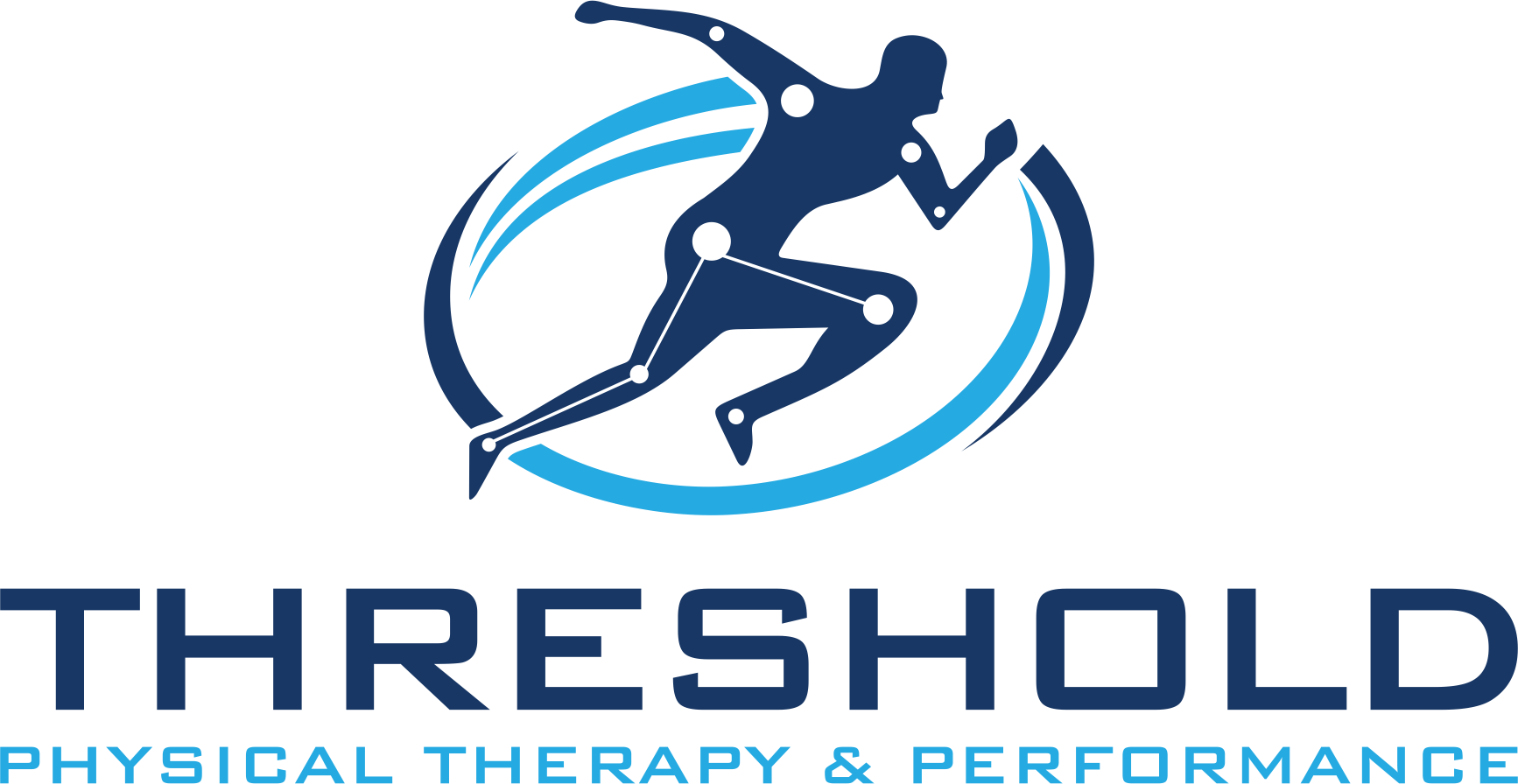It’s there again… That pain in the bottom of the foot at the heel. Standing up in the morning is pure agony, like a hot butter knife cutting into the bottom of your foot. Maybe it’s better to just stay in bed? Too bad someone can’t just roll you into work today…
Everything was fine until you picked up that spring club sport again. It just seemed like a good idea at the time with the weather being so nice. At least the pain will calm down after a bit of limping around here this morning. What was it called? Plantar something-or-other…
What to do? What to do??
Plantar fasciitis (acutely) or plantar fasciosis (chronically) is a fairly common problem. Often reported as a stabbing or tearing pain in the bottom of the foot (plantar surface) and is worse with the first few steps of walking when getting up in the morning. It can also flare with longer bouts of standing, or when raising after sitting for longer periods. Often it is worse after exercises, as opposed to during.
Treatments for such symptoms and a diagnoses have been noted to include calf and plantar fascia stretching exercises, local injections of corticosteroids and botulinum toxin, extracorporeal shock wave therapy, ultrasound scanning, radiofrequency ablation, cryopreserved human amniotic membrane injection, taping, and endoscopic release. All that being said, optimal treatment continues to be debated.
Wait, so they might stick a needle into the bottom of my foot?? Frankely, it’s not as bad as it sounds, and this is a case where size does matter… Dry needling needles are smaller!
So what do we know now that we didn’t know prior to this study? Well, with patients suffering from plantar fasciitis being assessed at three weeks and six months post-treatment, the differences might be surprising. Interestingly, the corticosteroid injection group showed a significant loss of efficacy at 6 months. However, in the dry needling group, there were no significant differences in results between the third week and sixth month.
Dry needling was as effective as the corticosteroid injection at three weeks without the risks of the steroid (plantar fascia rupture, local infection, and fat pad atrophy) for pain, disability, and activity limitations. Not only that, but it outlasted the medication with better outcomes at six months!
The authors note that this study should lead physicians to consider needling and further research should look at whether the key point in treating plantar fasciitis is peppering into the fascia or the induction of microbleeding.
For those that want to geek out just a bit more:
- Although corticosteroid injection has antiinflammatory effects on tissues, dry needling can reduce pain by affecting substance P, beta-endorphin, and local blood flow levels
- Dry needling has been shown to be effective against tendinitis
- In this study, the most common adverse effects of dry needling were pain (38%) at the needling site and subcutaneous bleeding (12%).
- Those were the unwanted effects of needling during the process and did not last very long
Reach out to your local providers to see if dry needling might be appropriate for your symptoms! Thanks for reading!!

